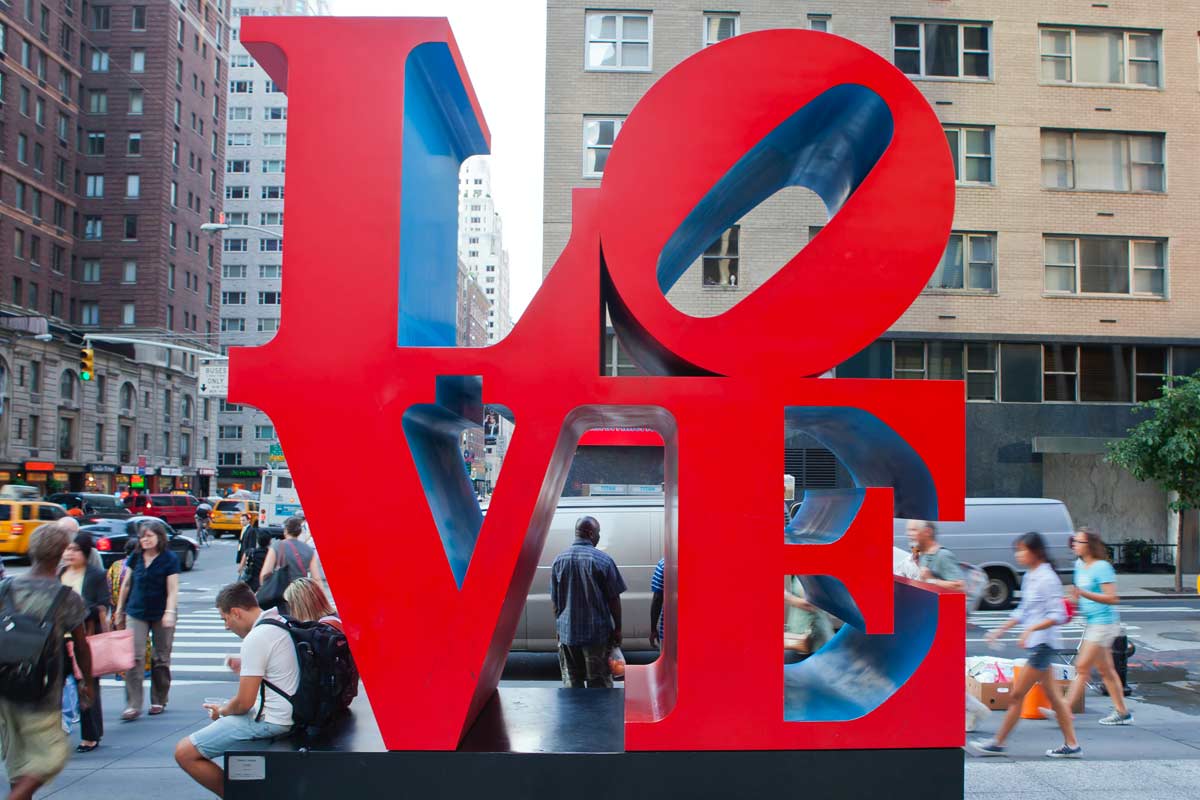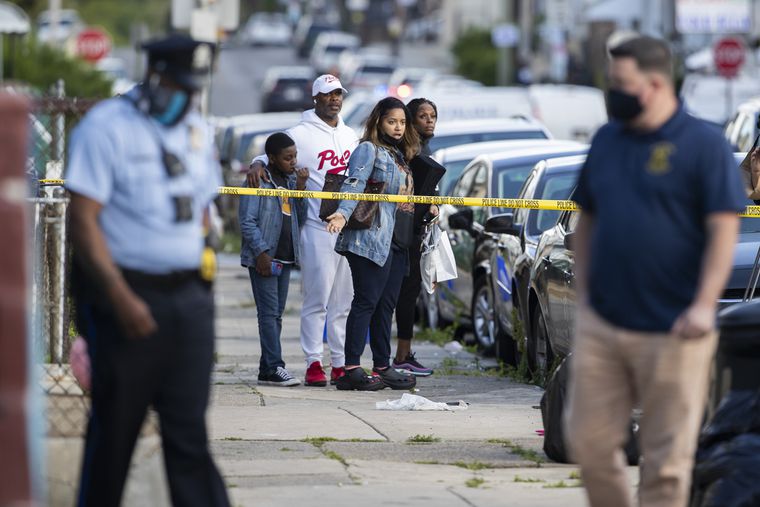Everyone should be able to live, work, play and learn free from gun violence. But in too many of the most under-resourced and marginalized communities, the risk of being shot is part of daily life.
It doesn’t have to be that way. Cities across the United States are supporting community-led efforts to interrupt cycles of violence, support those in crisis, and provide trauma-informed care.
The result: reductions in gun violence of up to 50 percent. Pennsylvania must do the same.
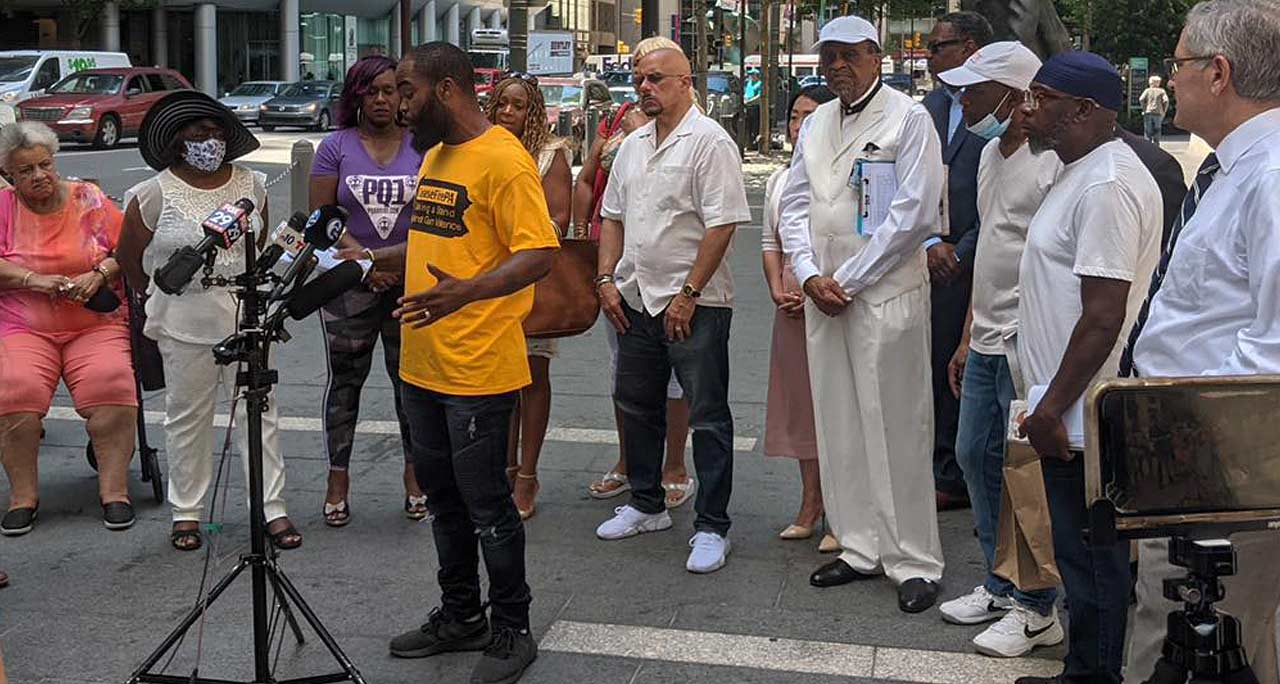
The Toll of Community Violence
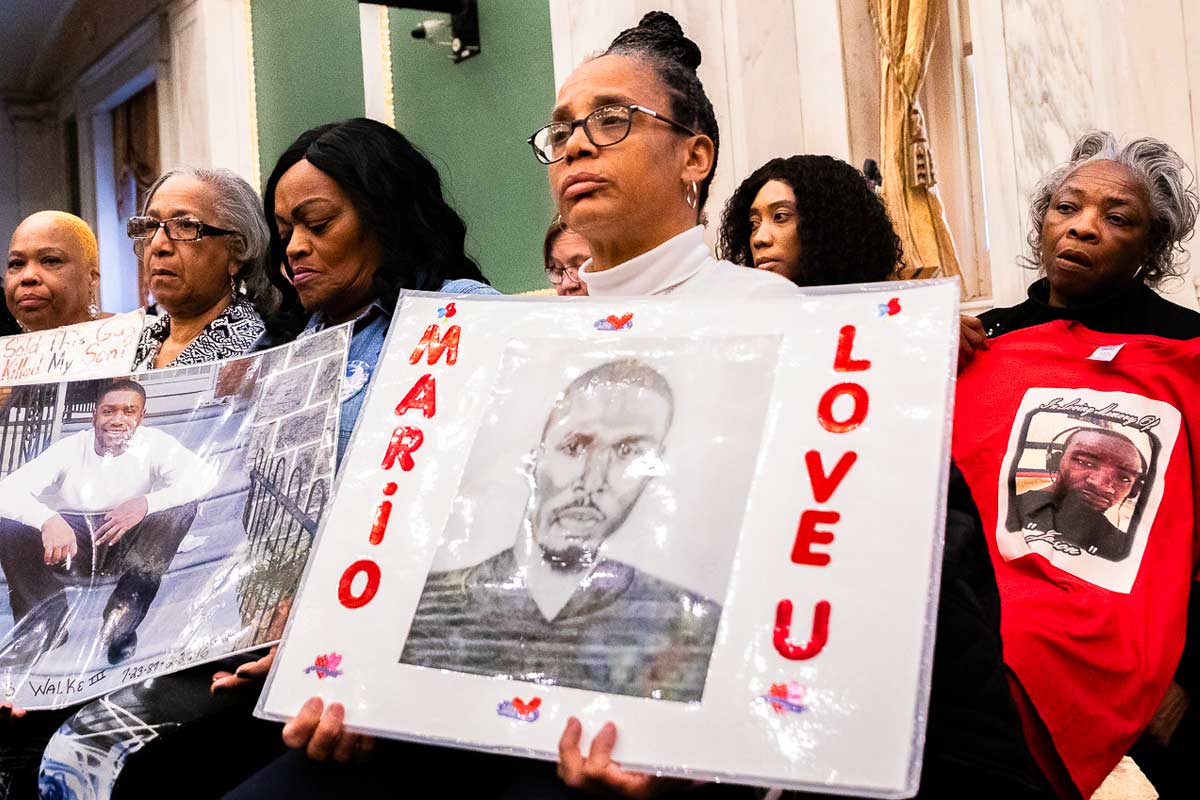
When walking home, playing with friends or going to work becomes deadly, violence has gotten out of hand. The reality is, people pulling the trigger make up less than 1 percent of a city’s population, yet the rest of the community is forced to suffer the consequences and trauma that comes from being bystanders to that out-of-hand violence. Gun violence is the top killer of young black men.
While the ripple effects of this violence are felt throughout a city, its most damaging effects are concentrated in small areas: an analysis by the Philadelphia Inquirer found there are just 57 city blocks where 10 or more people have been shot since 2015 — and each has a poverty rate double the city’s average. The historic disinvestment in these communities has created cycles of trauma that drive gun violence.
But we can heal that trauma and, through that healing process, interrupt and prevent future shootings.
INVEST IN THE COMMUNITY, REDUCE THE VIOLENCE
Cities throughout the country have proven that targeted programs that use the wisdom and connections of the community can reduce violence quickly–and that violence reduction can be maintained. Each approach then interrupts the cycle of violence and helps the community heal from years and decades of trauma that drive the violence. The best approaches have a few common components:

Data Driven Identification of High-Risk Individuals:
Most shooters and victims make up a small percentage of the overall population of a city. Targeting limited services helps interrupt the violence and prevent it from continuing.

Service & Support to Address Needs:
Focusing efforts on providing for an individual’s economic needs, healing trauma, and addressing other risk factors can prevent future involvement in gun violence.

Trauma-Informed Approach:
Hurt people, hurt people. A study found children living in community violence are more likely to be anxious and respond to threats with violence. Healing that trauma can prevent it from becoming deadly.
Cities across the country have invested in a wide range of violence reduction strategies, focusing on those that can reduce shootings within the next three years based on listening to the communities most impacted. Those efforts vary from youth mentoring and conflict resolution to street interruption programs to victims services, some strategies include:
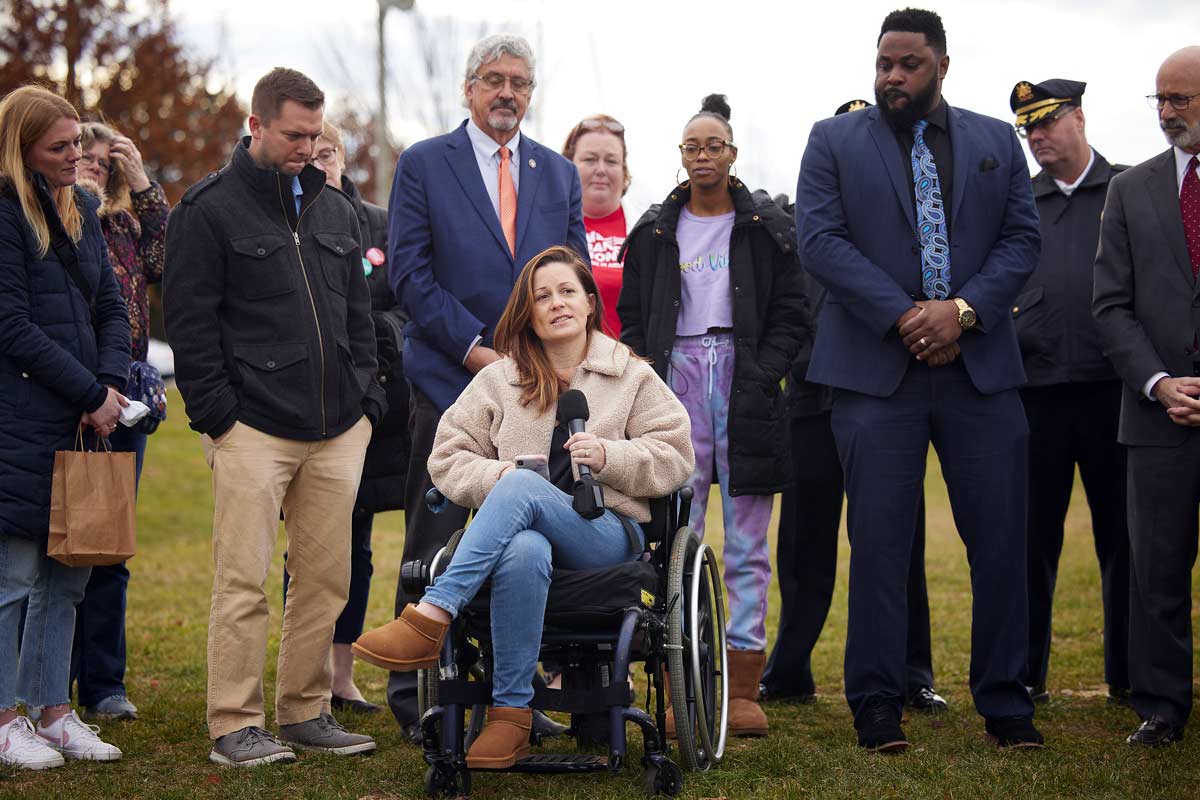
Chester Community Partnership Cuts Fatal Shootings 43 percent
While Philadelphia, York and Pittsburgh saw surges in fatal shootings in 2021, the City of Chester’s homicide rate dropped significantly. The key: the Chester Partnerships for Safer Neighborhoods, which has law enforcement use a “carrot-stick” approach. The carrot partnered with some of the City’s violence prevention and social service organizations to provide counseling, workforce training and housing assistance. The “stick” sends clear messages that shootouts wouldn’t be tolerated. And by getting support from local leaders, they were able to drive a 43 percent reduction in fatal shootings in just a year. They aren’t alone. Other cities that have invested in these programs have seen a 30-60 percent reduction in all homicides.
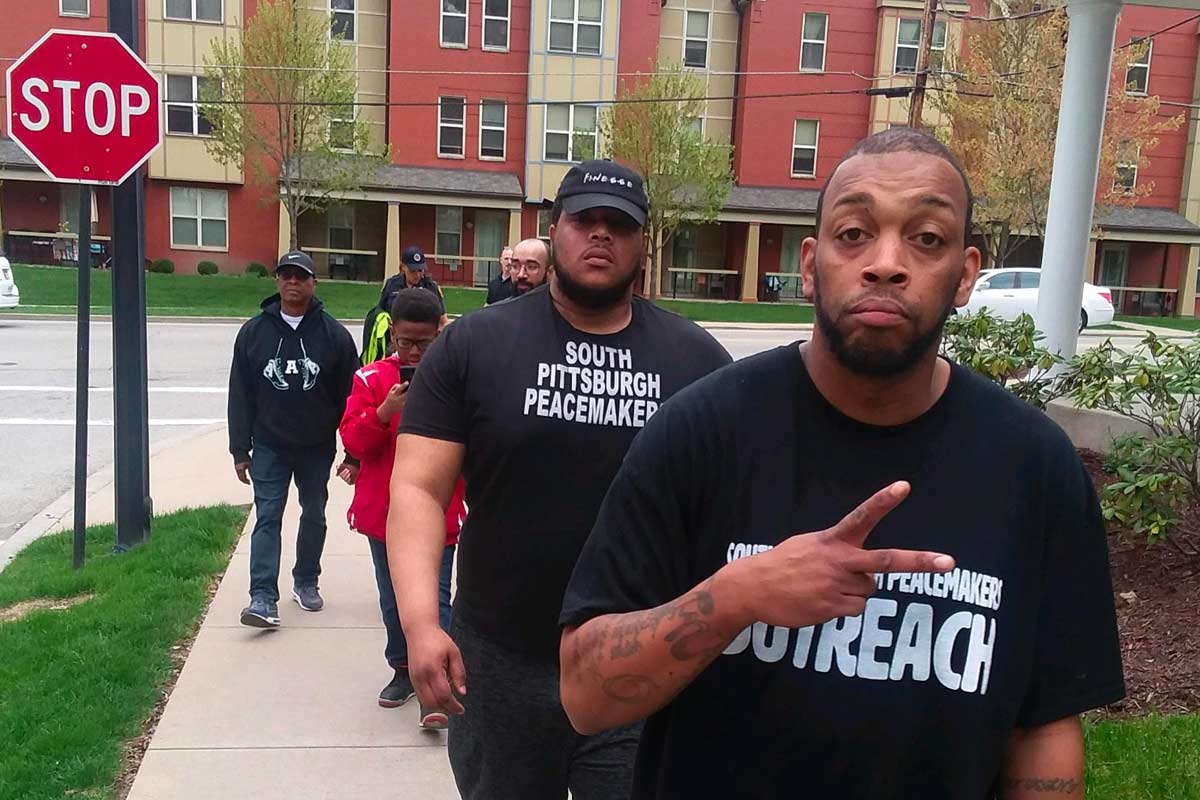
Street outreach to intervene before a shooting
There is a short time frame before violence happens when someone could step in and show a different way. That’s where interruption models come in. Credible messengers have strong community ties and relatable life-experiences identify these potentially lethal conflicts, and keep someone from turning into a potential shooter. South Pittsburgh Coalition for Peace’s effort has four trained peace makers and a chaplain who’ve helped prevent numerous shootings in Pittsburgh. The Cure Violence model has been used to reduce violence up to 73% in cities like Chicago, Atlanta, and Milwaukee.
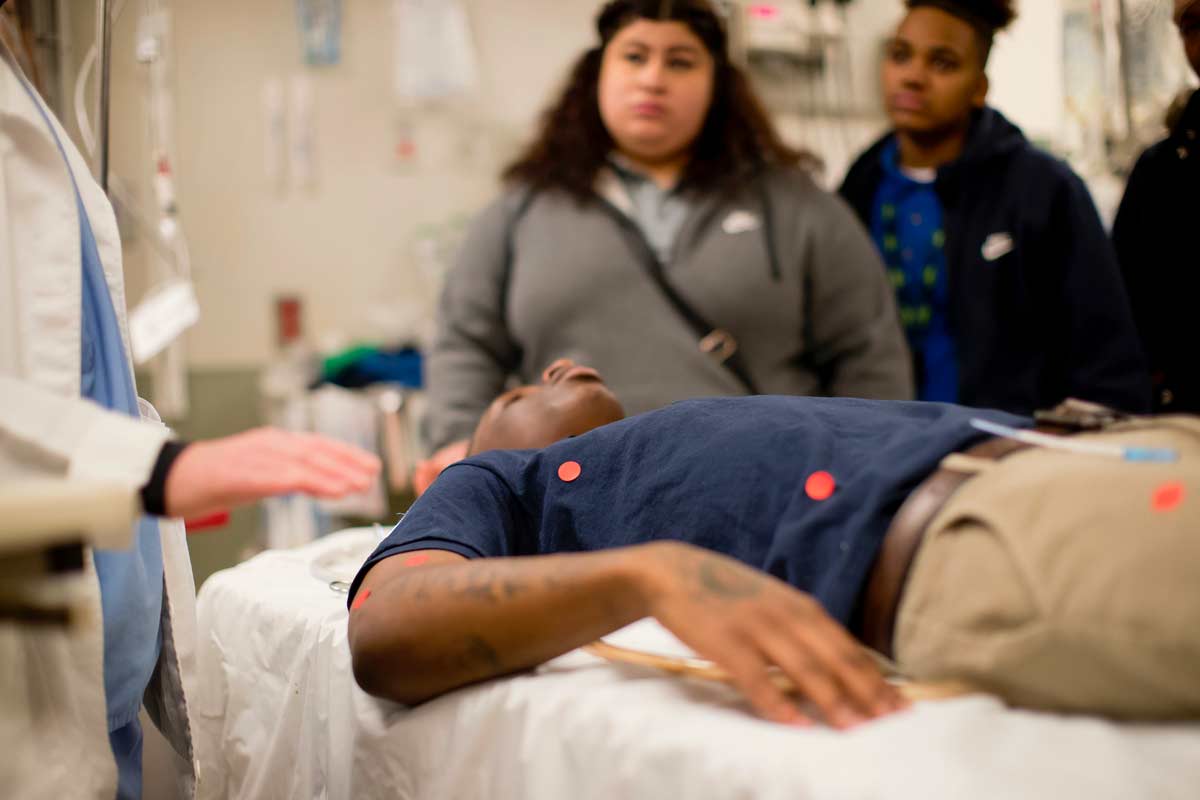
Hospital-based intervention
For years, prevention efforts have known that a history of violent injury is linked to a higher likelihood of involvement in gun violence in the future. Research of programs similar to Drexel’s Healing Hurt People and Temple’s Safety Net program found reductions in both gun violence injury and convictions for violent crimes.
These programs provide trauma-informed care to victims, their families and networks, which has been found to reduce retaliatory violence by 30%-60%, and also address the underlying trauma that can drive future violence.

READI to work: 32% decrease in shooting involvement
Pairing skill building with therapy to help participants move away from problematic behavior, targeted workforce development programs can shift an individuals trajectory. Maybe the best known of these is READI Chicago, which provides subsidized employment, workforce skills growth, and resources to heal from trauma. An initial analysis shows it changes the trajectory of participants’ lives, potentially cutting the likelihood of involvement in future shootings by 33%.
IT’S TIME TO INVEST
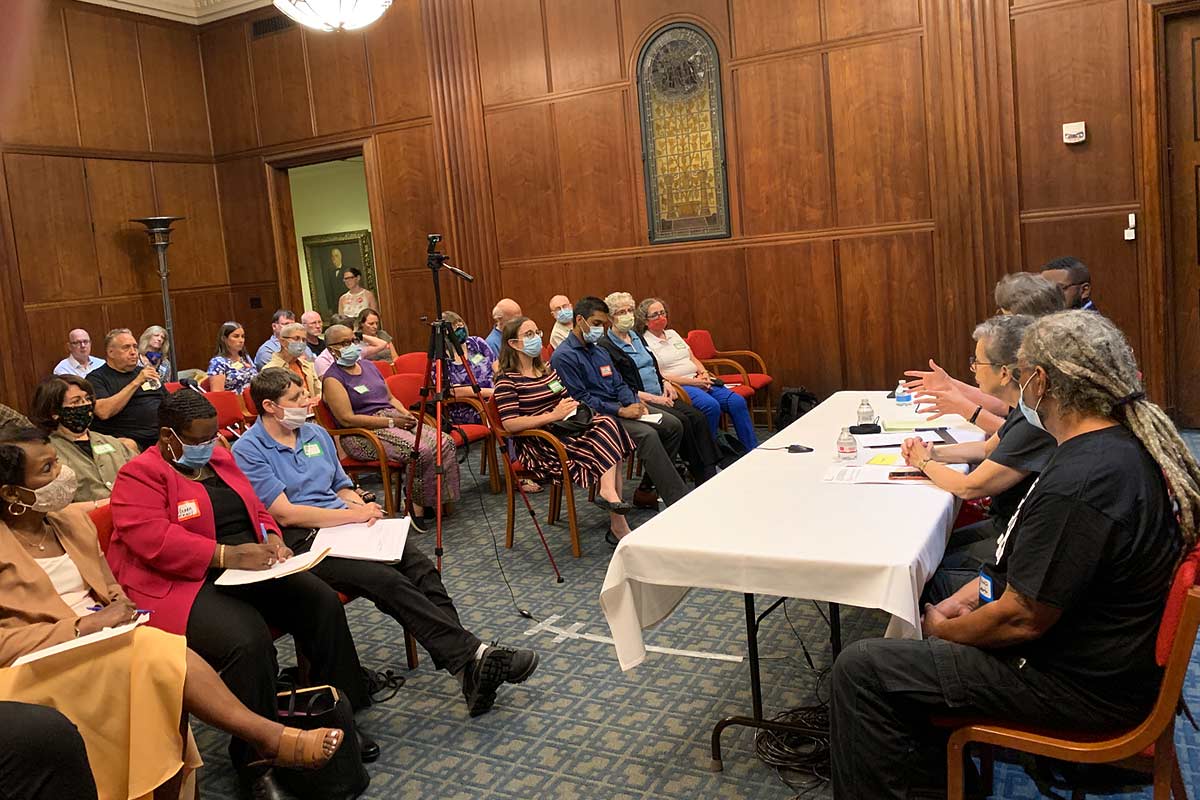
In 2021, Pennsylvania’s governments invested the most significant amount of resources in violence prevention programs in history thanks to our work with so many partners. $45 million in new funding at the state level. $20 million in grants in Philadelphia.
These important, small down payments are dwarfed by the size of this public health crisis. Gun deaths and injuries cost Pennsylvania $12 billion a year–$567 million paid by taxpayers. The suffering of loss is unimaginable.
It’s why we’re calling for $300 million five year investment in community based violence reduction across the Commonwealth.
Our strategy is simple: elected officials must listen to communities who know their needs. In the spring of 2020, that meant organizing 100 community-based violence prevention advocates, law enforcement, faith leaders and survivors to advocate for more resources. That advocacy led to a bipartisan effort that boosted funding by $30 million. But after the PA Commission on Crime & Delinquency, who administers the program received $150 million in requests, it’s clear that’s only a start.
Our forums in communities from Pittsburgh to Delaware County are highlighting the successes of programs like the South Pittsburgh Coalition for Peace’s Group Violence Intervention program. And now, we’re digging in across the Commonwealth to help the public understand this fairly new strategy to save lives in their community.
The need is there. Together, we can make the investment happen. Send a message today.
Next Steps
Invest in a Safer Philadelphia
Our coalition helped win $20 million in community-violence prevention funding.
Community Violence
Community violence took the lives of over 700 Pennsylvanians last year. If the community can’t trust law enforcement, it will get worse.
Tell Harrisburg: Invest in a Safer PA
Pennsylvania has $7 billion in the bank. A small portion of that could save thousands of lives in the coming years.
Take a Stand
We’ll never stop fighting for a safe, gun violence-free Pennsylvania. If you share that goal, power our efforts today.


